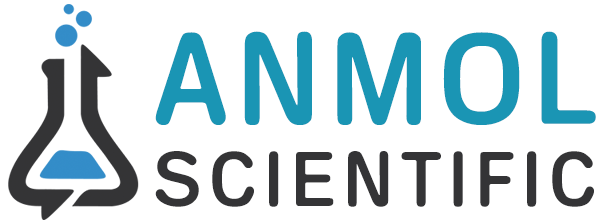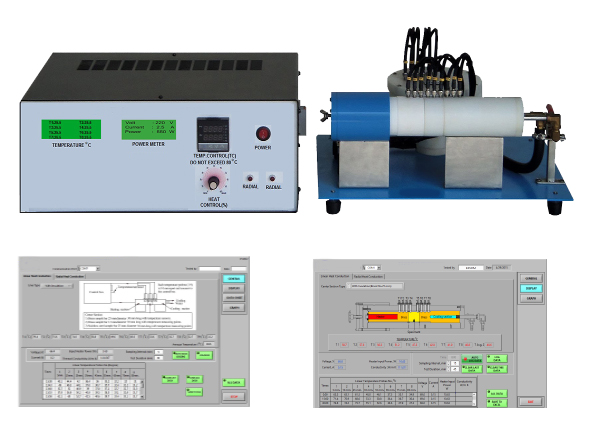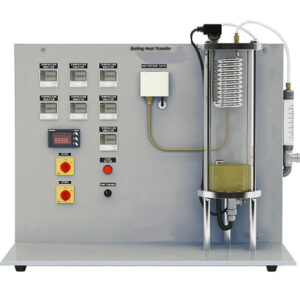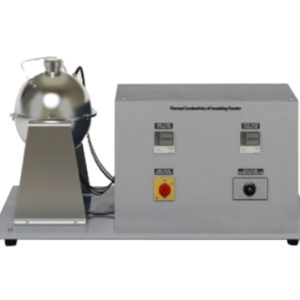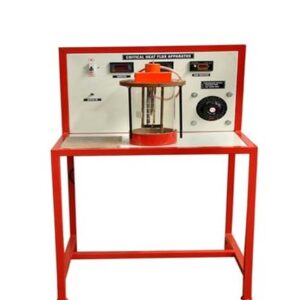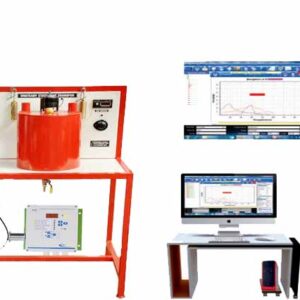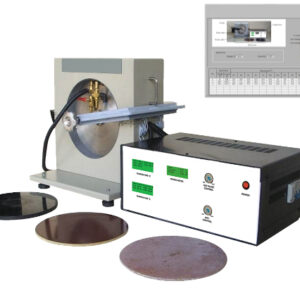Heat Transfer Through Lagged Pipe with data acquisition
Basic experiments Heat conduction is one of the three basic forms of heat transfer. Kinetic energy is transferred between neighboring atoms or molecules. The heat transport is material-bound. This type of heat transfer is an irreversible process and transports heat from the higher energy level, i.e. higher absolute temperature, to the lower level with lower temperature. If the heat transport is maintained permanently by means of the supply of heat, this is called steady heat conduction. The most common application of heat conduction in engineering is in heat exchangers.
The experimental unit can be used to determine basic laws and characteristic variables of heat conduction in solid bodies by way of experiment. The experimental unit comprises a linear and a radial experimental setup, each equipped with a heating and cooling element. Different measuring objects with different heat transfer properties can be installed in the experimental setup for linear heat conduction. The experimental unit includes with a display and control unit.
